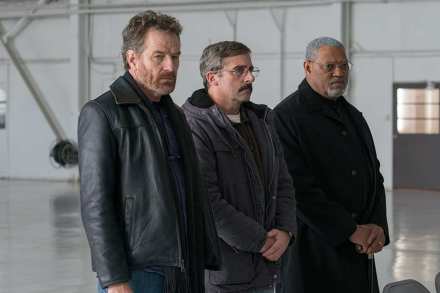Happy New Ye…oh wait, it’s February.
Having discovered that writing multiple job applications not only takes time but also removes my desire to write any more words, I’ve done away with any vague ideas of writing something about New Years’ Resolutions and instead am going back to rugby, as ever.
February brings with it my favourite annual sporting competitions; the Six Nations. Both the men’s and the women’s fixture list go straight in my diary and generally take priority over most other things, although I’ve been told that family birthday celebrations have to be attended. Every year guarantees some cracking rugby, with massive games, massive hits, and massive thighs.
And almost every year seems to bring some form of controversy with players getting banned, actively attacking each other on the pitch, and generally being knobs. Top among the names that always seem to crop up is England men’s captain, Dylan Hartley, who’s returned to the pitch after his most recent ban of two months, having amassed more than a year’s worth of bans in his career (60 weeks).
Not perhaps the shining example you’d want young players to look to.
Being wary of jumping on the ‘ooh isn’t it awful and thuggish’ bandwagon trotted out by the concerned brigade at every opportunity, and also recognising Hartley’s phenomenal experience as a hooker in the pack, I don’t want to criticise Eddie Jones’ choice unduly.
But I do think that there’s a lot to be said for the captains who don’t get banned. The ones who fight tooth and nail on the pitch, but don’t get pulled up for penalties. The ones who turn up to every session (on time!) and put in 100% effort every time. You can see the difference in a team when they want to please their captain as much as the coaches; the new players striving to emulate their every move and working hard to be considered for captain themselves one day.
At the top level, particularly the stuff that gets shown on TV, it’s by no means just the captain who should be leading by example. There’s been a lot of chat about World Rugby’s new rules on high tackles (any hit on or above the shoulders) and with a yellow card for England in their opening match for the very same offence, it’s not exactly surprising.
And honestly, having been teaching people to tackle for just the last year they’ve got a lot to answer for. I’ve lost count of how many times I’ve explained the best way to tackle to a group of players, both newbies trying to reconcile themselves with the idea of throwing people to the ground and oldies who should know better, and then immediately seen them grab hold of their opponent’s midriff and stop.
Fundamentally, tackling works when you stop the other player running. The best way to stop someone running is to remove the use of their legs. This is how tiny players can take down the ones that make the earth shake when they run. If you can grab hold of their legs and stop them moving you’re guaranteed to stop them. If you miss the hit but can grab hold of a cheeky ankle they will come crashing down and hopefully drop the ball in the process. At the very basic level – hit them low and hit them hard.
So it’s unendingly frustrating when young players, and kids particularly, try to tackle like their heroes. It’s completely understandable on one level – why would they believe their coach who they’ve probably never seen play when they can watch the people who they want to be and copy them. Anyone who’s watched kids play can see it in their eyes, the glint when they manage to sidestep like Shane Williams or finish off their break with a swan-dive like Chris Ashton?
 The swan-dive, aka the cockiest way to score a try
The swan-dive, aka the cockiest way to score a try
Standing upright in a tackle might work when you’re a 24 stone 6’6” mountain of a man, but for a skinny 12-year-old or a 19-year-old girl it’s completely ineffective at best. I’ve seen so many defenders line up really well, ready to commit to the tackle, and then bounce off uselessly when they try and stop the runner by giving them a nice hug. At worst, it’s horribly dangerous (https://www.youtube.com/watch?v=f2kOjEbSA-Q if you want some fun visual evidence). I’ve seen tacklers who went high being sent off the pitch visibly shaken by how heavily the tacklee went down, and there’s a reason it’s illegal. But the more that new players watch their heroes and the most experienced players in the world stand up to tackle, the harder it is to convince them they shouldn’t. And whereas the players with decades of play behind them might be able to judge it better, enthusiastic beginners are not.
So, should more be done to stop the big names being rewarded for dodgy techniques? Yeah, probably. There has to be a consistent approach from the very top to the 4th team playing on a muddy hill in terms of penalties and coaching, and if low, safe tackles are obviously favoured then it’s easier to translate the rules down to grassroots level. The more good examples there are for players to follow, both in the big money matches and within the club system from captains, the better for everyone walking onto a rugby pitch.
I’ll be staying firmly rooted on the sofa for the rest of the Six Nations, hoping to see less confusing decisions and more low tackles in amongst the excellent rugby. Hugs are fine, but we need more cheek to cheek cuddles on the rugby pitch.
—
https://en.wikipedia.org/wiki/Dylan_Hartley#Controversy
http://laws.worldrugby.org/?domain=9&guideline=3&language=EN
http://www.bbc.co.uk/sport/rugby-union/38322884
https://www.youtube.com/watch?v=xBwKQD68EkE
Advertisements Share this:




